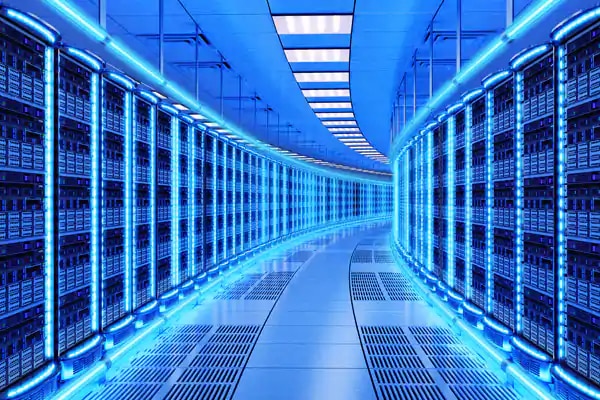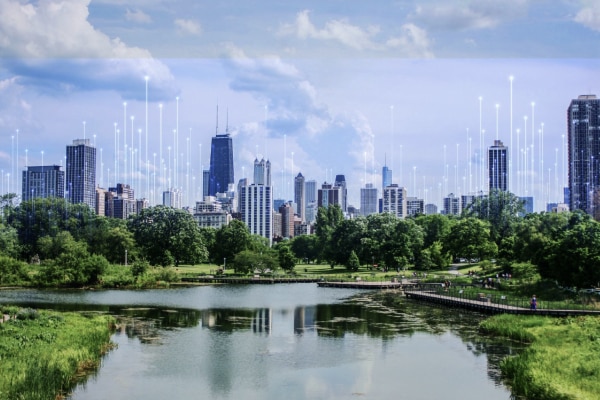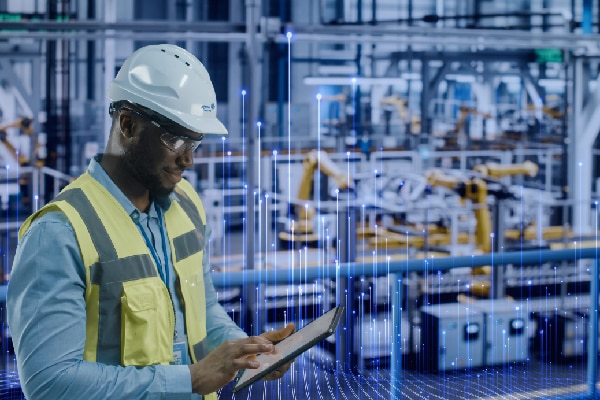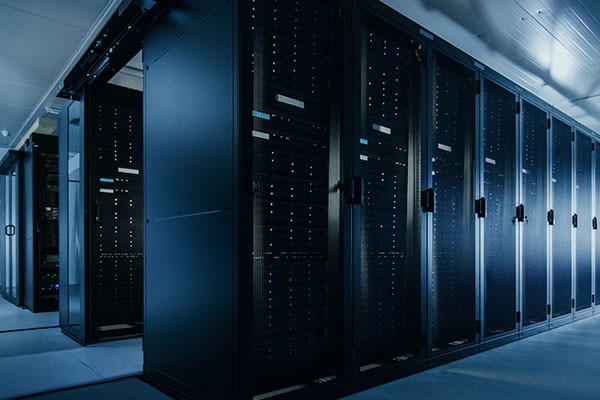How AI is Reshaping Surveillance
Technological advancements and the introduction of AI are enabling surveillance systems today to truly become the surveillance systems of the future.

By Jammy DeSousa, Senior Product Manager, Security Products, Johnson Controls
There’s a considerable number of technological changes occurring within the security industry and nowhere is this more evident than within the video surveillance market. Better video compression standards, higher megapixel cameras and greatly improved field of view are just a few of the changes that are driving better image quality, less bandwidth consumption and improved data.The introduction of Artificial Intelligence (AI) into the surveillance industry has spurred an additional transformation, enabling cameras and video management systems to become faster and smarter. And thanks to AI, these devices and systems have a greater ability to mine data and turn that information into useful, actionable tasks. Here’s how AI is influencing the surveillance industry:
AI in the camera
The digitization of surveillance cameras first opened the door of possibilities with the introduction of IP-based cameras with higher megapixels. This was a game changer, taking video, that at one time could only be viewed at a central command center or through a digital video system, and made it accessible on nearly any network. This has evolved to now include video data easily being sent to the cloud for storage and analysis. The introduction of AI in cameras has taken things a step further, providing deep learning capabilities and the ability for cameras to analyze video without any human interaction. For example, AI powered facial recognition technology has begun to reshape the access control market. When integrated with an access control device, an AI powered camera with facial recognition technology can be used to detect faces and, in turn, provide a frictionless method for people to access a secure area.
Technological advancements and the introduction of AI are enabling surveillance systems today to truly become the surveillance systems of the future.
AI in the VMS
With a greater emphasis being placed on video surveillance, no system would be complete without video management software. This platform enables multiple devices to come together into a single, easy-to-use tool enabling greater data visibility and decision-making capabilities. With AI now in the VMS system, many of those decision-making functions can be handled autonomously instead of relying on human intervention. By continuously monitoring an area, the software can learn what is normal and abnormal behavior. This could include detecting large groups of people beginning to gather in an area, or a traffic jam on a highway.
AI to detect objects
Security awareness has evolved over the years so that simple actions, such as a person leaving a backpack by a park bench, can now be perceived as a serious threat requiring immediate action. The introduction of object detection technology has proven to be a valuable tool, helping security personnel quickly identify these types of scenarios. However, with AI now at the helm, issues like these can automatically be detected without a person having to go into a VMS system to manually define and train the system to watch a predefined area within the camera’s field of view.
It’s clear the surveillance industry is at a critical juncture. Technological advancements and the introduction of AI are enabling surveillance systems today to truly become the surveillance systems of the future.
Learn more about AI – Download our whitepaper on Artificial Intelligence: Understanding its Place in Physical Security

























.png?la=en&h=70&w=157&hash=717A494A27ED61C45CEF95AC3A9C6309)






































